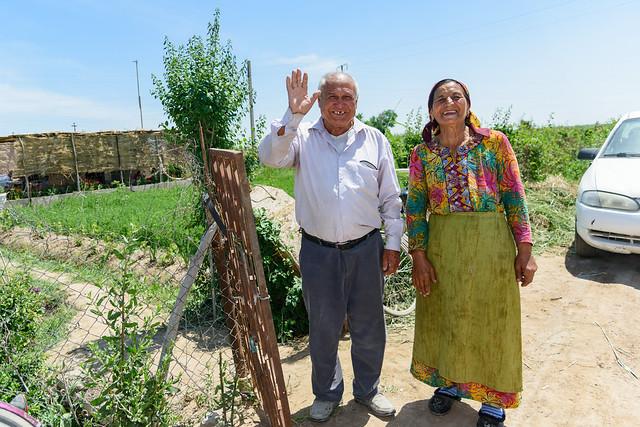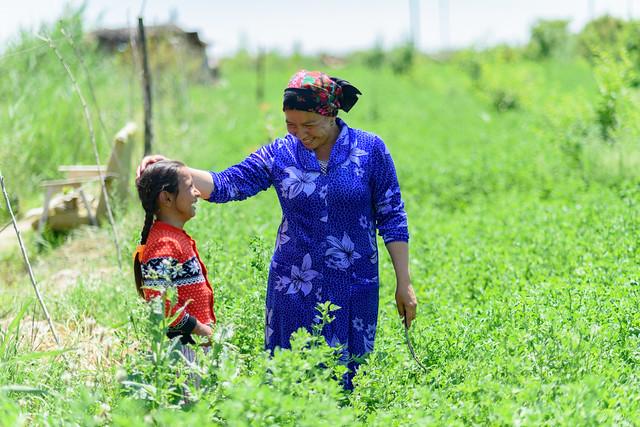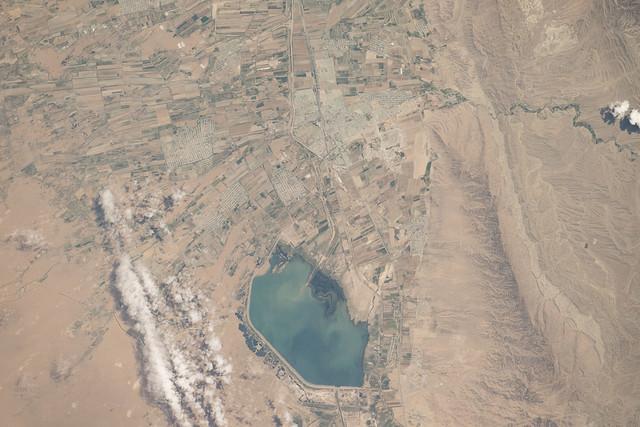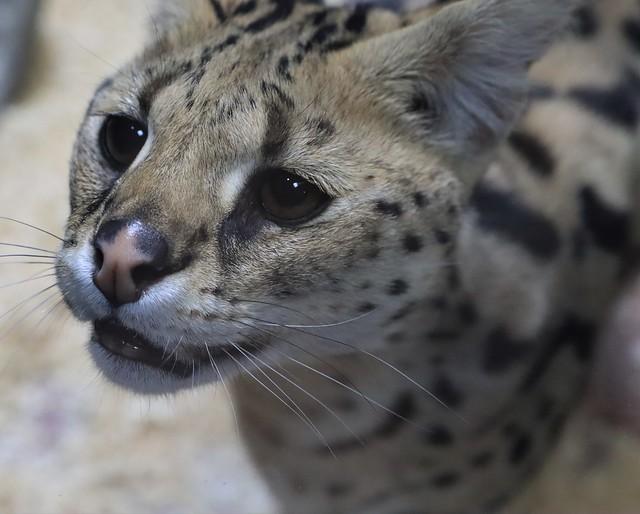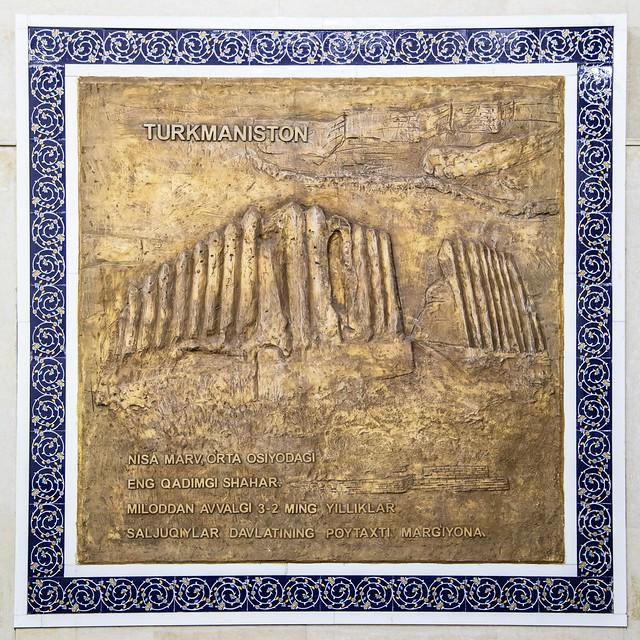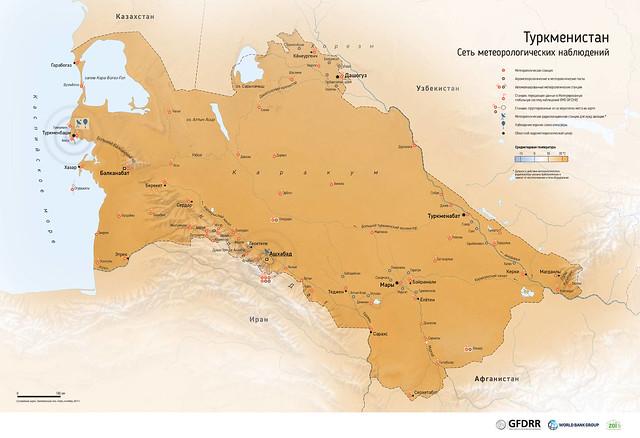Lebap Region
Overview
Overview of Lebap Region, Turkmenistan
Lebap Region, located in the northeastern part of Turkmenistan, is a captivating area rich with cultural and natural attractions. The region borders Uzbekistan and features a diverse landscape from vast deserts to the lush valleys along the Amu Darya river. Lebap is renowned for its archaeological sites, including the ancient city of Dayahatyn Caravanserai, which showcases the historical significance of the Silk Road. The culture in Lebap is deeply rooted in Turkmen traditions, and visitors can experience this through local music, dance, and cuisine. The region's uniqueness is also highlighted by its traditional crafts, such as carpet weaving, which is an integral part of Turkmen heritage.
Tourism and Activities
The high season for tourism in Lebap Region extends from late spring to early fall, roughly from April to October. During this period, the weather is generally warm and pleasant, making it ideal for exploring the outdoors. Tourists can engage in various activities such as hiking in the Kugitang Nature Reserve, which is famous for its stunning mountain landscapes and dinosaur plateaus. This time is also perfect for visiting historical sites without the harshness of the winter cold or summer heat. Cultural festivals and local bazaars are vibrant during these months, offering an immersive experience into Turkmen lifestyle and traditions.
Preparation for Travel
Before traveling to Lebap Region, there are several preparations that teenagers should consider. Firstly, it is essential to check visa requirements as most travelers will need to obtain a visa prior to arrival in Turkmenistan. Additionally, it’s advisable to have travel insurance that covers medical expenses, as access to healthcare might be limited in remote areas. Learning a few phrases in Turkmen or Russian can be incredibly helpful, as English is not widely spoken. Lastly, due to the conservative nature of the country, appropriate dress should be considered, particularly when visiting religious sites or rural communities. Packing should include both lightweight clothing for the day and warmer layers for cooler evenings, along with a good pair of walking shoes.
How It Becomes to This
History not available

You May Like
Explore other interesting states in Turkmenistan
Discover More Area
Delve into more destinations within this state and uncover hidden gems.



